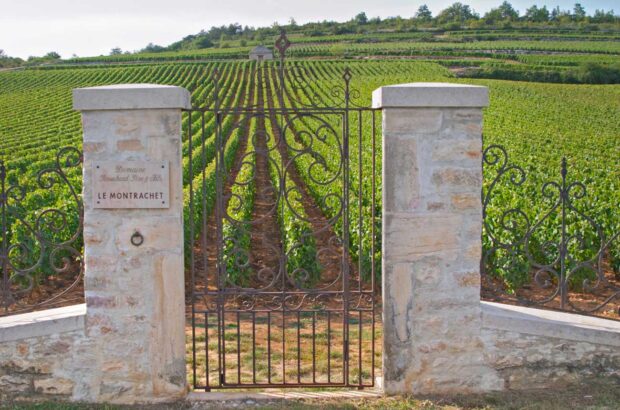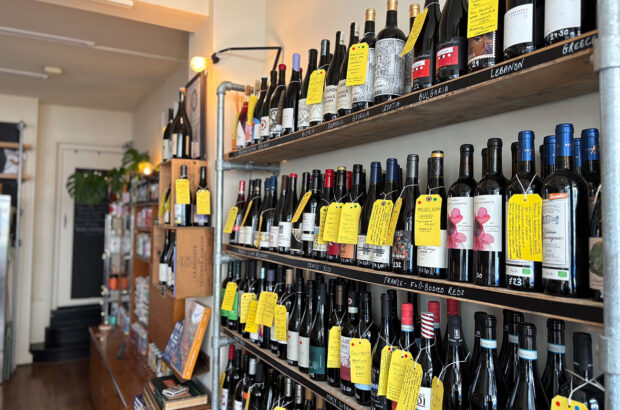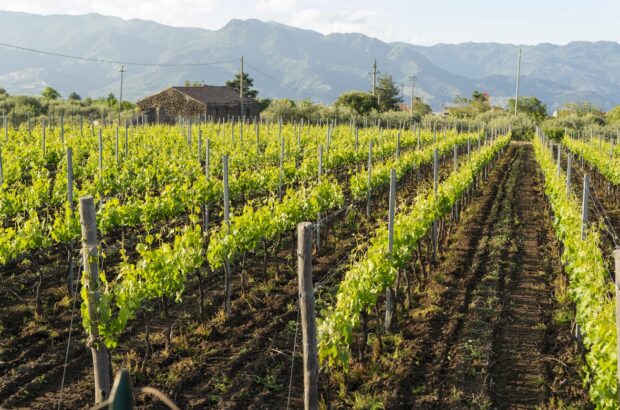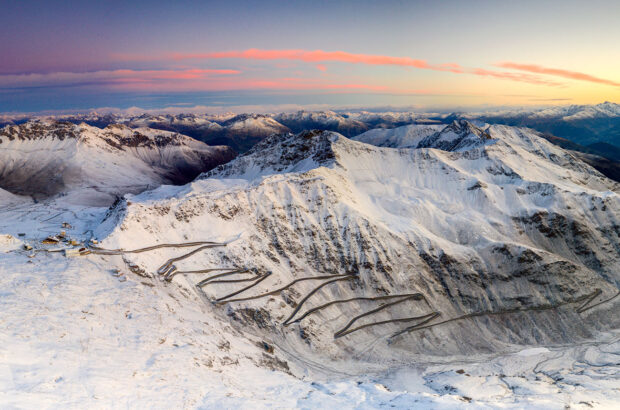Rioja became Spain’s first Denominación de Origen (DO) in 1925. It’s had an impressive 100 years since, though the region is not content to rest on its laurels. The centenary is ‘a testament to Rioja’s enduring success and an inspiration to build the future and shape the next 100 years,’ says Fernando Ezquerro, President of Rioja’s Consejo Regulador.
Highlights of the century
The foundation of the DO was followed in 1926 by the establishment of the Consejo Regulador. Within a couple of years, Rioja became a protected, delimited area, bound by strict guidelines which ensured the quality and consistency of its wines. The region built a sterling reputation for itself, both in the Spanish market and internationally. Its efforts were recognised in 1991, when Rioja was elevated to Denominación de Origen Calificada (DOCa) level, Spain’s most prestigious.
A wave of dynamic new winemakers led to the addition of new grape varieties in 2008 and 2009, which, Ezquerro explains, ‘reflect[ed] a growing focus on innovation.’ More recently, the Viñedo Singular designation was introduced in 2017, empowering winemakers to celebrate the specific terroirs of individual vineyard sites. That same year saw the introduction of sparkling Rioja.

Today, Rioja is produced in a wealth of different styles.
Diversity and quality
This is a historic region with a strong following for its classic styles of red, white and rosé wine, notable for their extended oak ageing. And while this proud tradition lives on, it is not the only expression of Rioja.
Winemaking here ‘has undergone significant evolution,’ Ezquerro explains. The late 20th century saw a move towards more modern techniques, including temperature-controlled vinification and the use of French oak. ‘This shift introduced greater balance and freshness to the wines, with more emphasis on fruit character and structure.’
The stylistic old guard is complemented by a new generation of winemakers – one that Ezquerro says is ‘embracing fresher styles, shorter ageing periods and more sustainable vineyard practices.’ That the region can offer this range of styles means that, whatever your taste, there’s a Rioja for you. ‘We are the most diverse DO in Spain and one of the most diverse in the world,’ says Ezquerro.
Through it all, Rioja’s reputation remains as high as ever, even growing. ‘Rioja is the Spanish DO with the most mentions and wines featured in some of the most prestigious rankings and lists,’ Ezquerro says – ‘with many experts saying that the best Rioja wines are being made right now.’ It will be fascinating to see how the region and its wines evolve from here.

In 1925, Rioja became Spain’s first Denominación de Origen.
Get involved: the 100 Years of Rioja festival
This summer, 100 Years of Rioja, a dynamic and immersive two-day wine festival, is coming to Hackney Bridge in East London. There will be 50 Rioja wines available to taste, covering all styles and colours and representing both long-established bodegas and newer faces. ‘This festival offers an immersive cultural experience and a unique opportunity to celebrate Rioja’s century-long legacy,’ says Rioja Wine UK. The festival takes place on 19th and 20th July – secure your place now.

The striking architecture of the Bodegas Ysios winery.
Discover more about Rioja DOCa
Connect on
Facebook | Instagram | X | Youtube
![]()








